In the first installment of our “Bridging East & West” series, we’re diving into how to manage diabetes from both Eastern and Western medicine perspectives. It’s not just about treatments but finding a balance that gives you a full picture of how to manage diabetes.
Article reviewed by:
Dr. Chuah Hui En – Western Family physician at One Wellness Medical @ Sengkang Grand Mall
Physician Kean Chan – TCM Physician at Eu Yan Sang Premier TCM Centre @ Woodleigh Mall and Eu Yan Sang TCM Clinic @ Sembawang Subscribe to our Instagram or Facebook to get health tips on how Traditional Chinese Medicine (TCM) and Western medicine work together to promote holistic well-being. |
The rising incidence of diabetes mellitus is an issue of global concern. What exactly is diabetes, and how is it different in Western medicine versus TCM?
Understanding Diabetes in Western Medicine:
Diabetes is a chronic metabolic disorder due to poor insulin production or insulin resistance, leading to high blood sugar levels.
Diabetes can cause complications in your body, such as nerve damage (neuropathy), eye disease (retinopathy), and reduced kidney function (nephropathy) and you may not know of the damage until you develop symptoms or screen for these complications.[1]
Types | Description |
Type 1 Diabetes | An autoimmune condition whereby the body's immune system attacks and destroys the beta cells of the pancreas, making it unable to produce insulin. Not caused by diet or lifestyle. Typically develops in children or early adulthood but can occur at any age.
|
Type 2 Diabetes | Most common form. Occurs when the body's cells do not respond well or are resistant to the body's own insulin. Often associated with overweight and excessive body fat. Develops in older adults, with increased risk above 40 years.
|
How does TCM view Diabetes?
Traditional Chinese Medicine (TCM) does not use the term “diabetes.” Instead, a group of symptoms characterised by excessive thirst, hunger, frequent urination, gradual weight loss, or sweet-tasting urine is referred to as “Xiao Ke” (消渴).
Diabetes falls within the scope of “Xiao Ke” (消渴) in TCM.
TCM identifies 3 primary factors contributing to "Xiao Ke" (消渴):
Congenital deficiencies (先天禀赋不足) lead to weak organ systems.
Dietary imbalances (饮食不节), especially overeating and a preference for specific foods, with obesity being a significant trigger.
Emotional disturbances (情志失调) cause damage to vital fluids (郁火伤津), with prolonged emotional imbalances as a contributing factor to the development and worsening of diabetes.
Treatment of Diabetes
Western Medical Approach:
Insulin:
Other Medications:
Individualised selection based on patients’ conditions, response to medications, and blood sugar control.
To stimulate pancreatic insulin production.
Prevent the liver from producing and releasing glucose into the blood.
Inhibit carbohydrate breakdown to slow absorption.
Increase tissue sensitivity to insulin.
Prevent kidneys from reabsorbing sugar into the blood.
Traditional Chinese Medical Approach:
Focuses on restoring the balance between ‘Yin’ and ‘Yang’ of the body:
TCM diagnosis considers the progression of the disease, tailoring treatment based on specific patterns observed.
Focuses on cleansing heat, moistening dryness, generating fluids and replenishing ‘Yin’.
Multiple organs including the lungs, spleen (stomach), and kidneys, are implicated.
Acupuncture is used to regulate the flow of ‘Qi’ along the lungs, spleen and kidney meridians, helps our organs maintain balance, and reduces dependence on external insulin.
.png)
TCM focuses on cleansing heat, moistening dryness, generating fluids and replenishing ‘Yin’.
Chinese herbs can complement insulin treatment to reduce blood glucose, here are some herbal medications for common symptoms:
Abnormally Thirsty | Honeysuckle flower (金银花) Ophiopogon root (麦门冬)
|
Large Appetite yet Loses Weight | |
Excessive Urination | |
.png)
Lifestyle Tips for Diabetic Patients:
Regular exercise and a healthy diet are important.
Closely monitor blood glucose and carbohydrate intake.
Avoid sugar, oil, caffeine and alcohol.
Diabetics heal poorly from wounds. Avoid injuries and keep limbs clean to prevent infection.
Maintain emotional balance to minimise disrupting the flow of Qi.
TCM Health Report | Early Detection Saves Lives |
Get an analysis of your dominant body constitution and lifestyle tips to help improve it. Available in both English and Chinese at all general and One Wellness Medical clinics. | Diabetes is a ‘silent’ disease in its early stages, individuals may feel completely healthy until complications arise. Detect and address potential health concerns early on to stay ahead in your wellness journey. |
One Wellness Medical GP x Eu Yan Sang TCM
Explore our holistic diabetes management at Eu Yan Sang One Wellness Medical clinics. Equipped with both TCM and Western family medicine services under one roof – let our integrated expertise provide you with personalized solutions for diabetes management.
Source: [1] https://www.healthhub.sg/programmes/diabetes-hub/types-of-diabetes


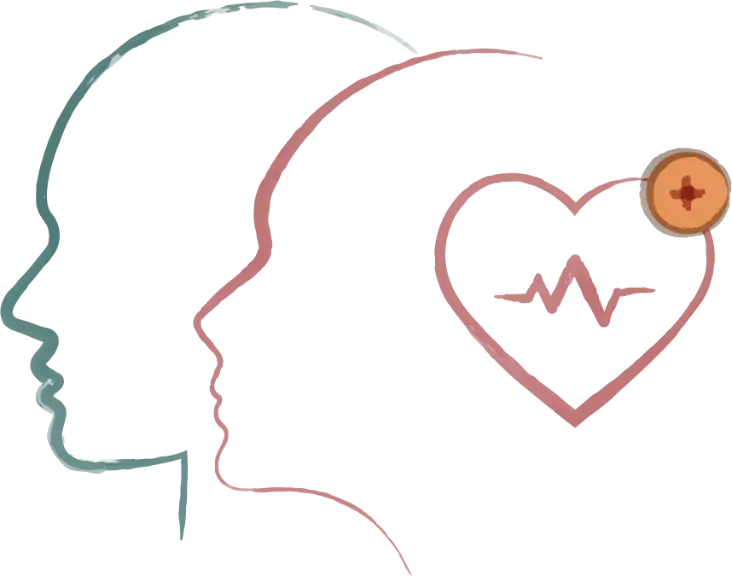




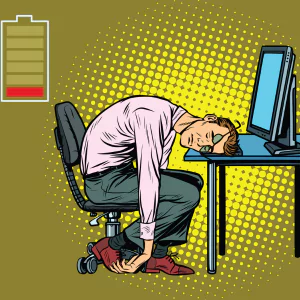

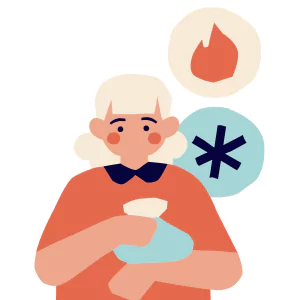

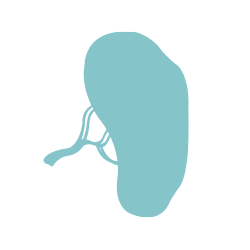
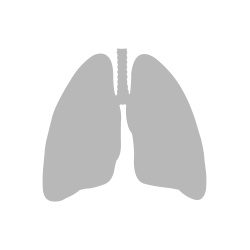
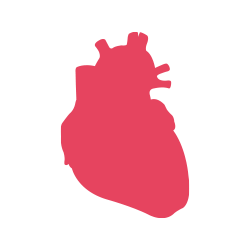
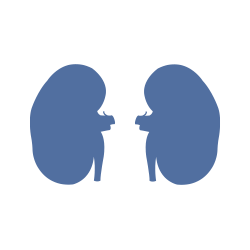

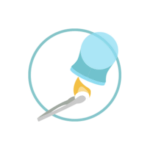
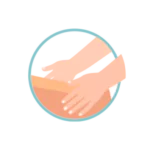
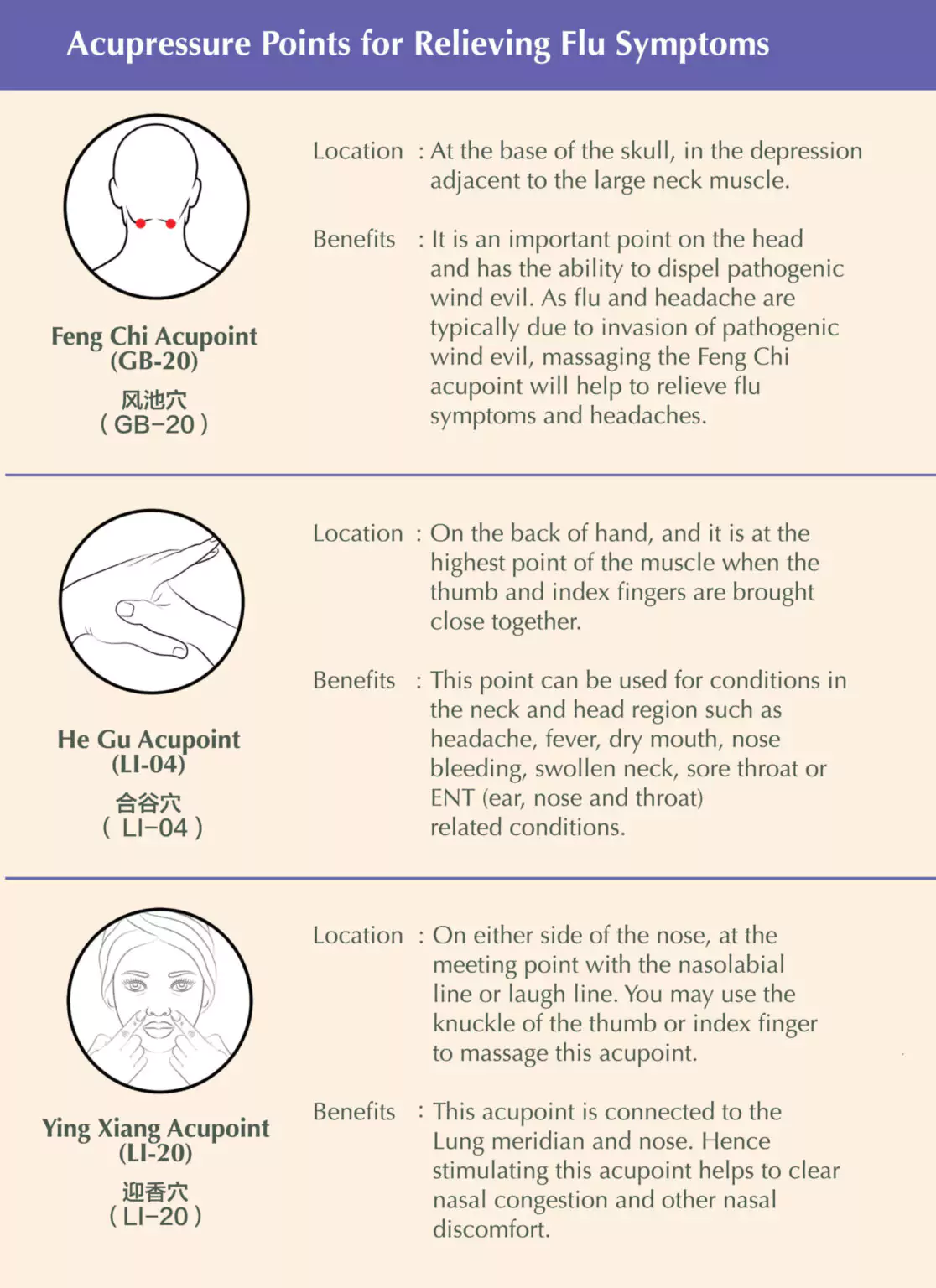
.png)
.png)